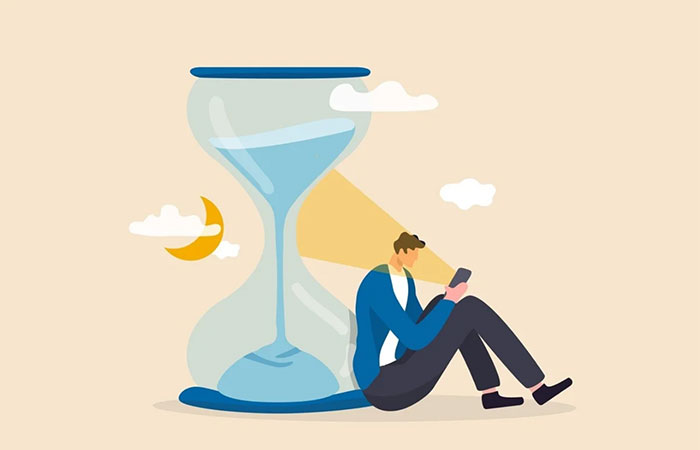
In our modern world, screens have become an integral part of our daily lives. From smartphones and tablets to computers and televisions, we are constantly surrounded by screens. While they provide us with convenience, entertainment, and connectivity, concerns have been raised about the potential damage they can cause to our eyes. So, how much screen time is too much, and what are the risks associated with excessive screen use?
The Impact of Blue Light
One of the main concerns regarding screens is their emission of blue light. Blue light is a high-energy, short-wavelength light that is emitted by electronic devices such as smartphones, tablets, and computer screens. It is also present in sunlight and is beneficial during daylight hours as it helps regulate our sleep-wake cycle and boosts alertness.
However, excessive exposure to blue light, especially in the evening and at night, can disrupt our circadian rhythm and interfere with our sleep patterns. It can suppress the production of melatonin, a hormone that helps regulate sleep, making it harder to fall asleep and get a good night's rest.
There is ongoing research on the potential long-term effects of blue light exposure, but currently, there is no conclusive evidence that it causes permanent damage to the eyes. However, prolonged exposure to blue light can lead to symptoms such as eye strain, dry eyes, headaches, and blurred vision, collectively known as computer vision syndrome or digital eye strain.
Digital Eye Strain
Digital eye strain is a common condition experienced by many people who spend long hours in front of screens. The symptoms can vary but often include eye discomfort, dryness, redness, blurred vision, headaches, and neck and shoulder pain. These symptoms are usually temporary and subside once screen time is reduced or appropriate measures are taken.
The development of digital eye strain is not solely due to the emission of blue light but is also influenced by other factors associated with prolonged screen use. These factors include poor lighting conditions, glare, improper viewing distances, improper posture, and infrequent blinking. Staring at screens for extended periods without breaks also exacerbates the symptoms.
Reducing the Risks
While screens are an integral part of modern life, there are steps you can take to reduce the potential risks associated with excessive screen time:
Follow the 20-20-20 rule: Every 20 minutes, take a 20-second break and look at something 20 feet away. This helps reduce eye strain and gives your eyes a chance to relax.
Ensure proper lighting: Avoid working in a room with harsh lighting or intense glare on the screen. Position your screen to reduce reflections and adjust the brightness and contrast settings to a comfortable level.
Maintain a proper distance: Position your screen at a distance of about 20 to 28 inches away from your eyes and slightly below eye level. This reduces the strain on your eyes and minimizes the need to excessively refocus.
Blink frequently: Blinking helps moisten the eyes and prevents dryness. Make a conscious effort to blink more often, especially when focusing on the screen for prolonged periods.
Take regular breaks: Give your eyes regular breaks by taking short breaks every hour or two. Use these breaks to stretch, walk around, or engage in activities that don't involve screens.
Consider blue light filters: Some devices offer blue light filters or night mode settings that reduce the amount of blue light emitted. Using these features, especially in the evening, can help minimize the impact on sleep patterns.
Get regular eye exams: Routine eye exams are important to monitor your eye health and detect any potential issues. If you experience persistent eye discomfort or vision problems, consult an eye care professional.
While screens have become an integral part of our lives, excessive screen time can lead to temporary discomfort and symptoms associated with digital eye strain. Taking regular breaks, maintaining proper posture, optimizing lighting conditions, and being mindful of our screen usage can help minimize the risks. While the long-term effects of blue light exposure are still being studied, it is important to practice healthy screen habits to protect our eye health and overall well-being.
Established in 2013, FamilyNeeds.net is connected to your lifestyle and everyday life. Publish reviews of your life, style, fashion and essentials.